- Wanstead Park
- Black History
Wanstead Park
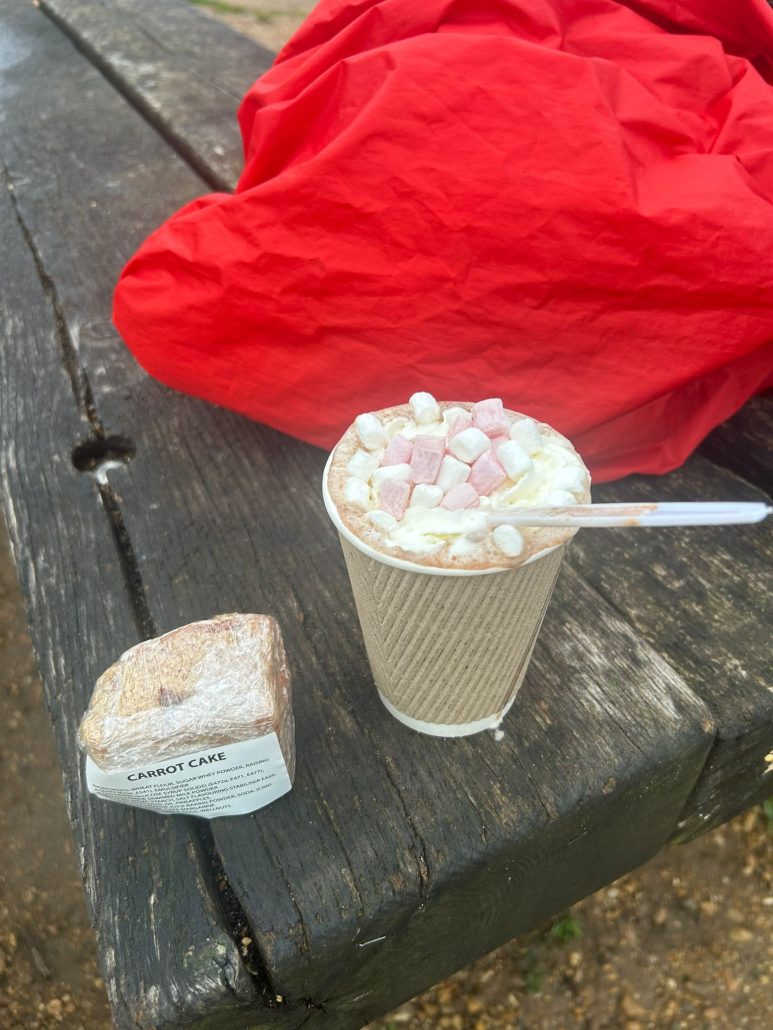
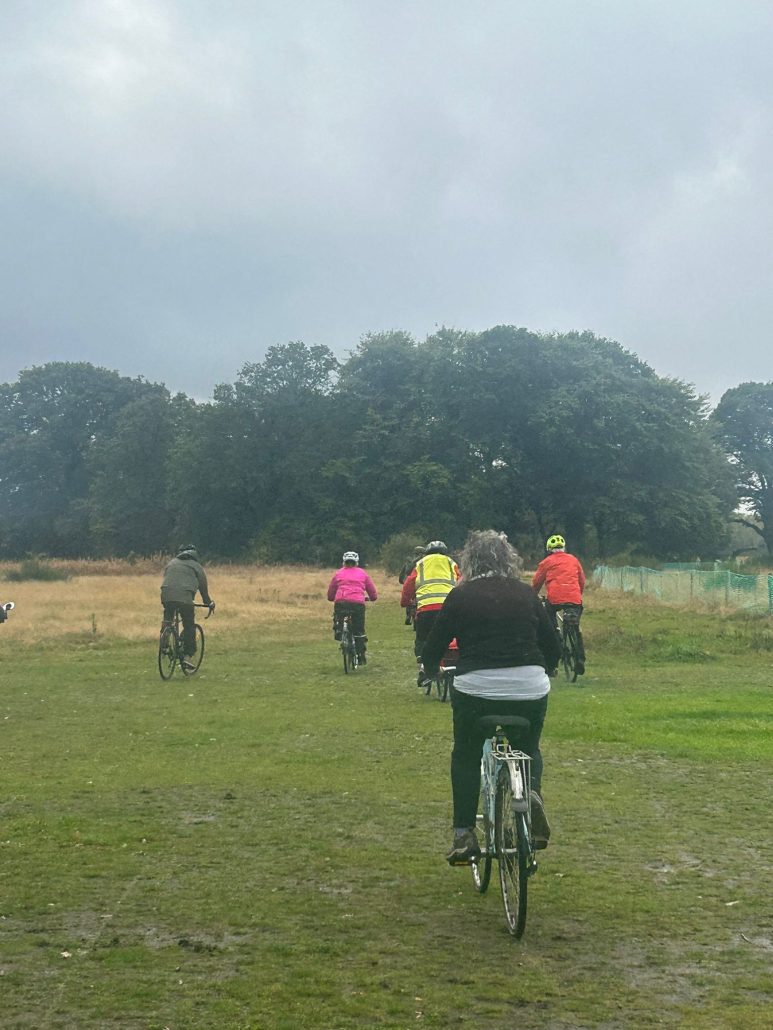
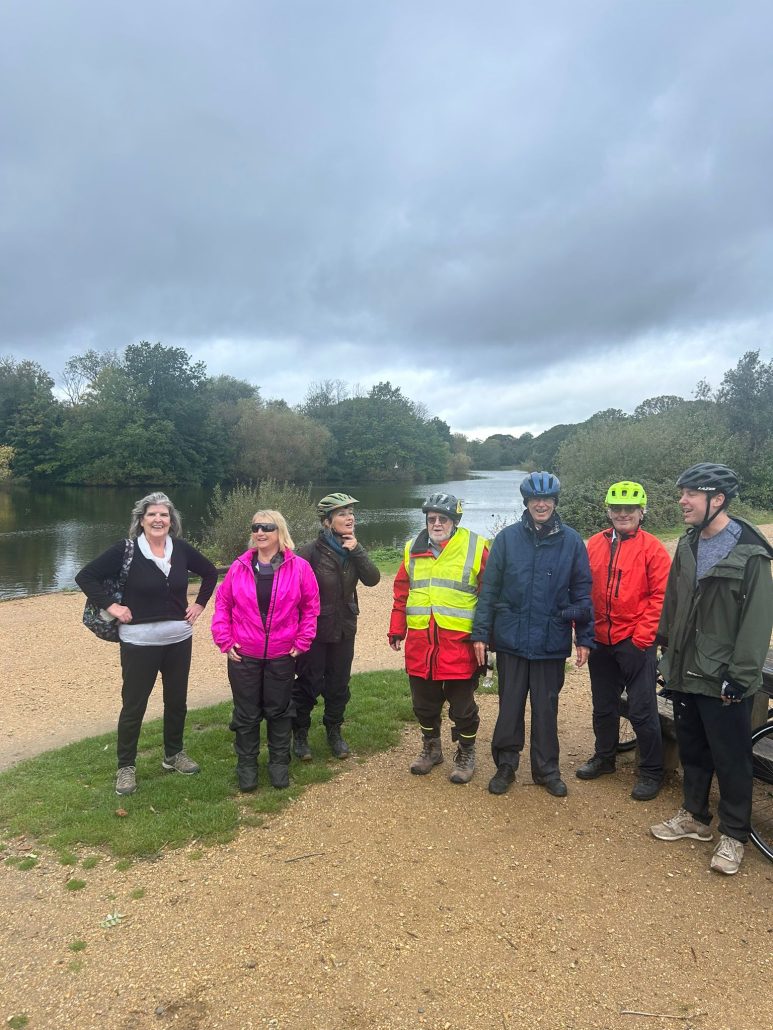
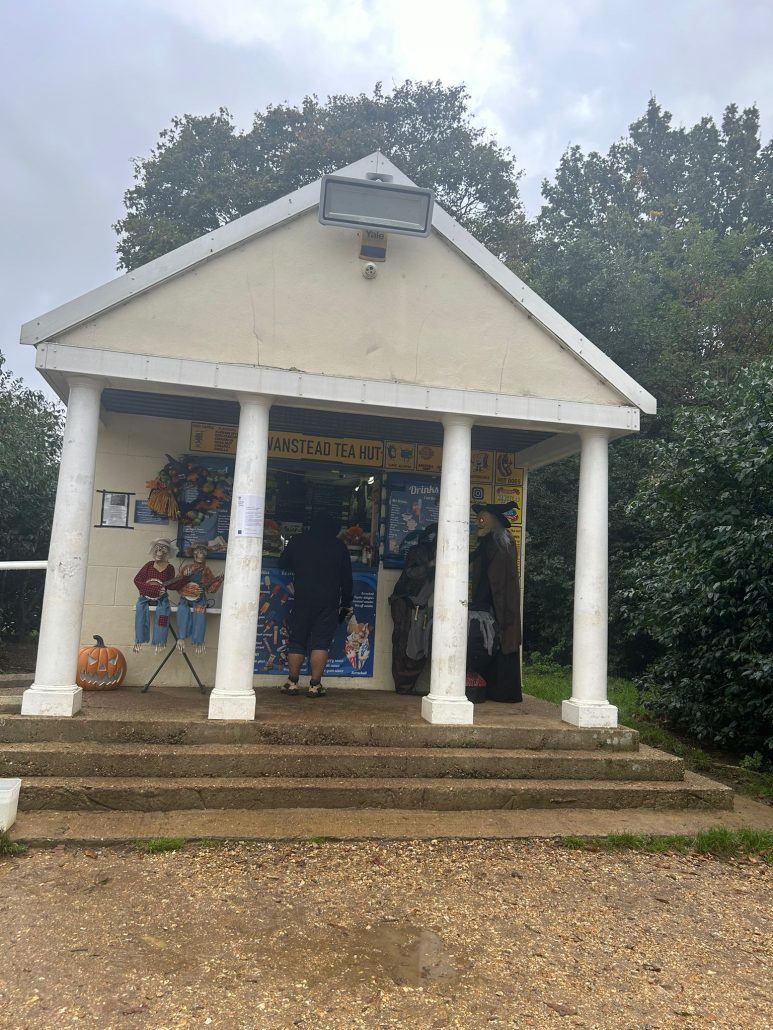
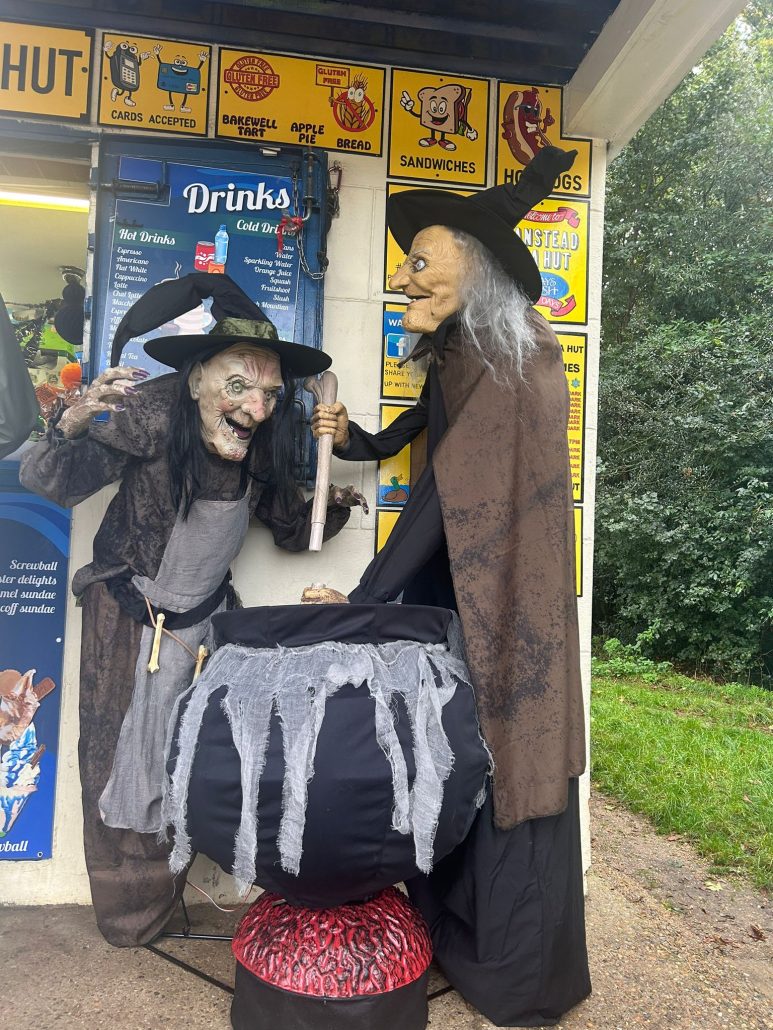
Ride Report from Ride Leader Amanda
9.30am – 1.45pm, 8 cyclists.
A new ride for the group, took a fair bit of map research, although I didn’t have much time to investigate and it worked well with only two pre-rides – I didn’t forget any of the left/rights!
Start: Cutty Sark. Furious rainfall overnight over London and more to come during the day, 15 had booked but 7 bailed out because of it, However, windspeed was low. We all set off along the Thames Path, in our rain gear expecting the worst, and took the newly rebranded Cloud Cable Car (always a joy,) across the river Thames to Excel. Looking down at the new Silvertown Tunnel developments. Along to Becton DLR and cycle path up to and under the A13. Through Gooseley Park and then East Ham’s quiet streets up to Ilford’s Roman Road. Crossed this busy road and found an alley ‘blink and you miss it’ that took us into the bottom corner of Wanstead Park. When prepping this ride, I zipped along it top speed as it really seems isolated and disused, but it is a bridle path and of course, the day we all toodle along it, there was plenty of freshly dumped evidence it had used that day by horses…. A left/right and into Wanstead Park proper. We rode past Perch Pond and had a coffee and toilet break at the little Wanstead Tea Hut. The rain had held off, but after about 20 minutes it caught us, so we began the return.
Leaving the Chestnut trail we headed out onto Wanstead Flats. No set paths here (Which I absolutely loved) just started at the edge and aimed in the direction we needed to go over what seemed like 100’s of acres of flat land and scrub. Next west to the Olympic Park, Hertford Union Canal and Mile End Park. Reaching Westferry Circus picked up the blocked off section of Thames Path, inland around Millwall Docks back to our starting point via the Greenwich Foot Tunnel. Yay, both sides of the tunnel were working!
All said they enjoyed the ride, despite mud splashed bikes. I’m so glad the worst of the rain held off. Great bunch of riders to go with.
Black History before Windrush
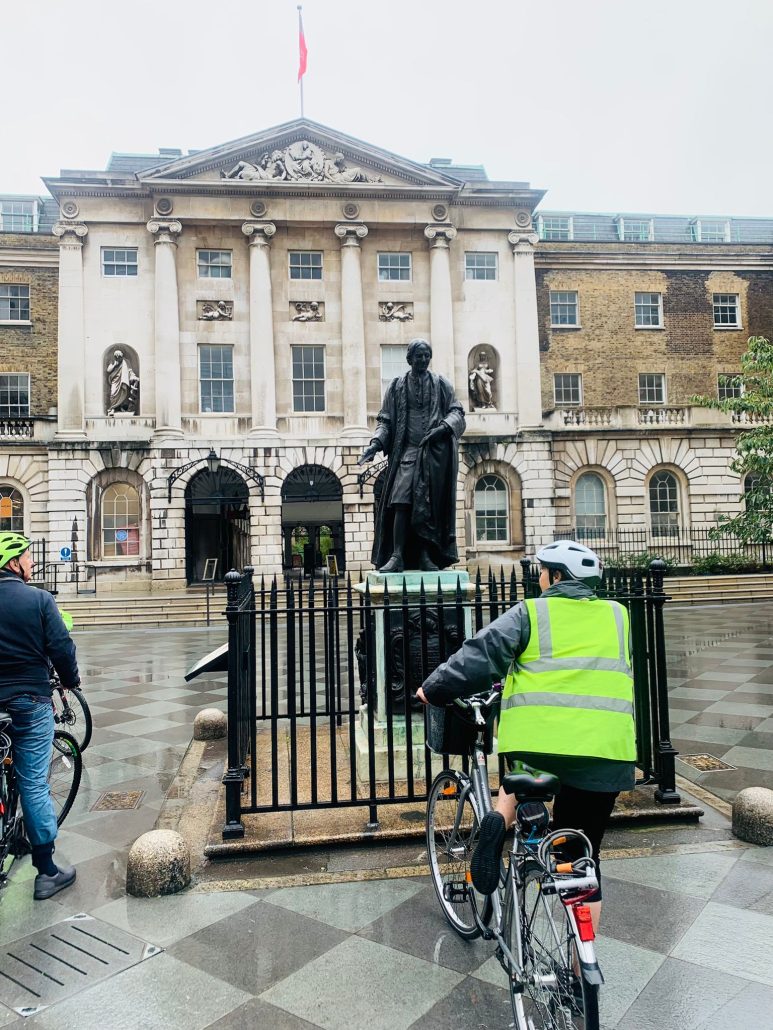
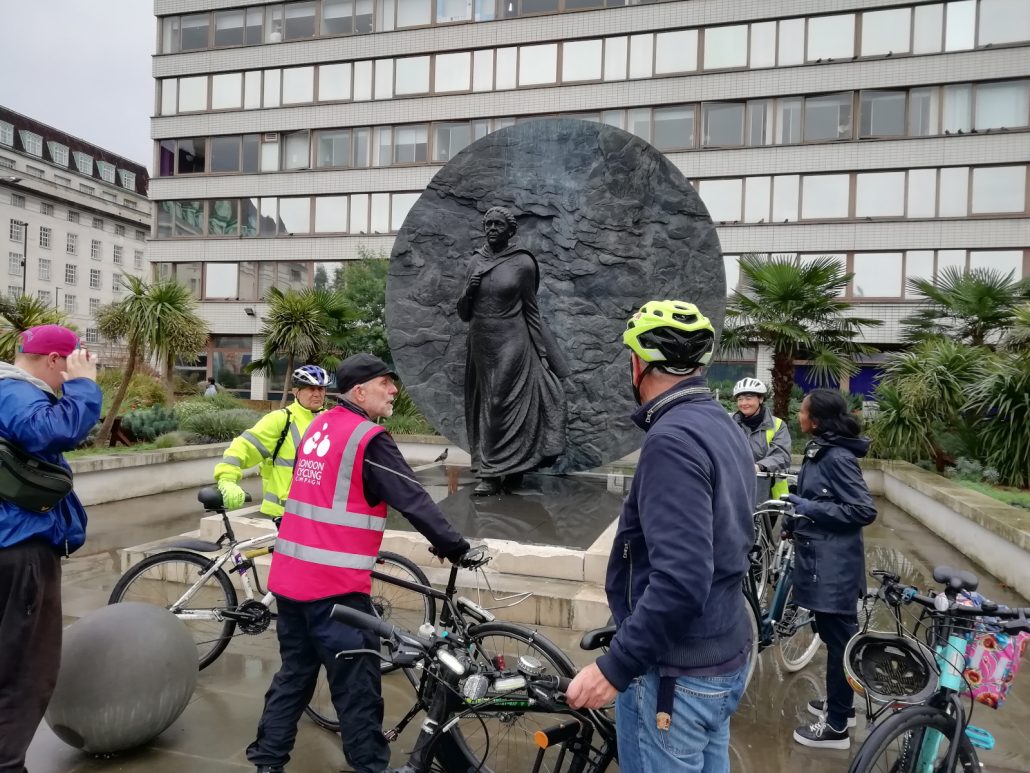
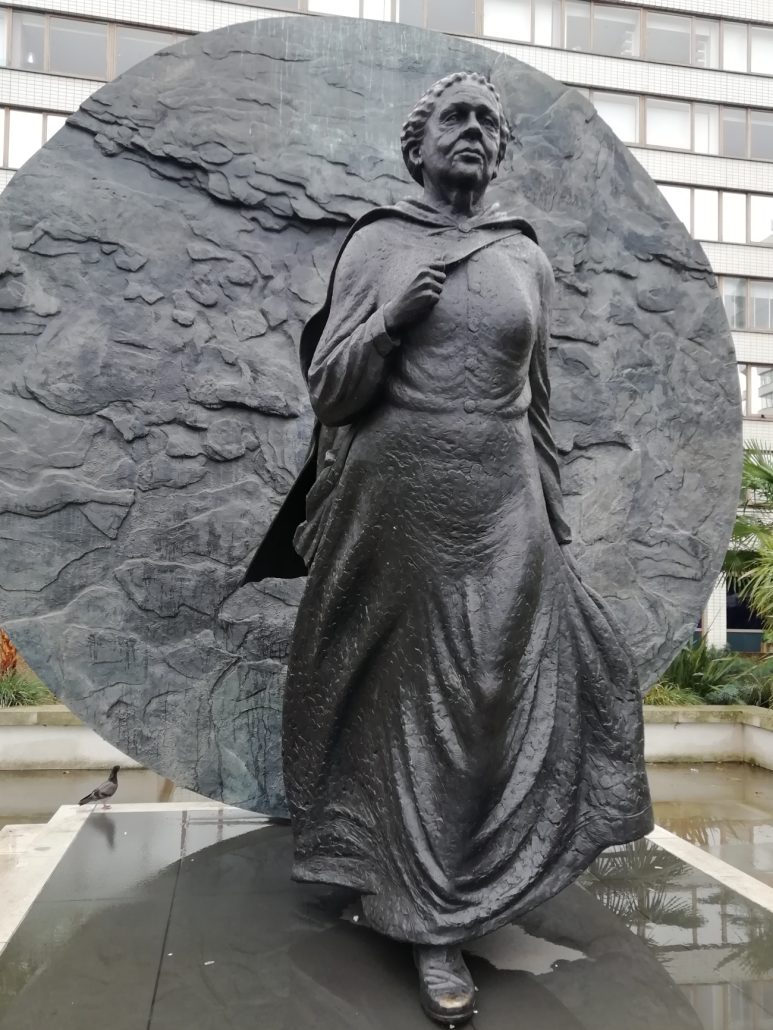
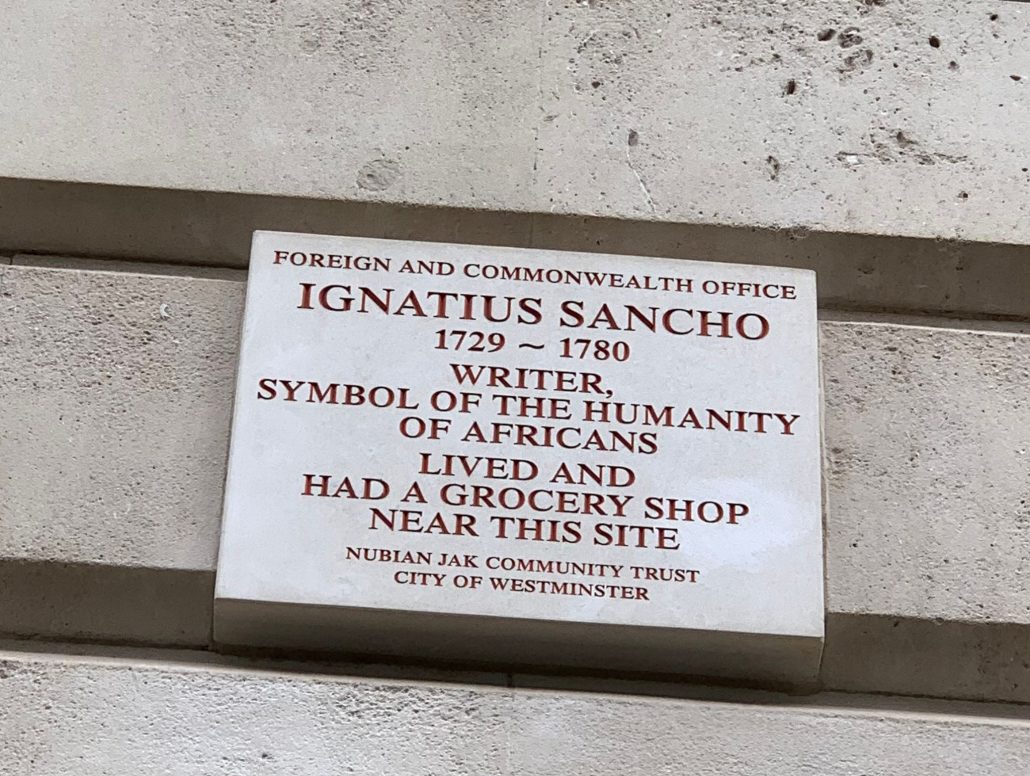
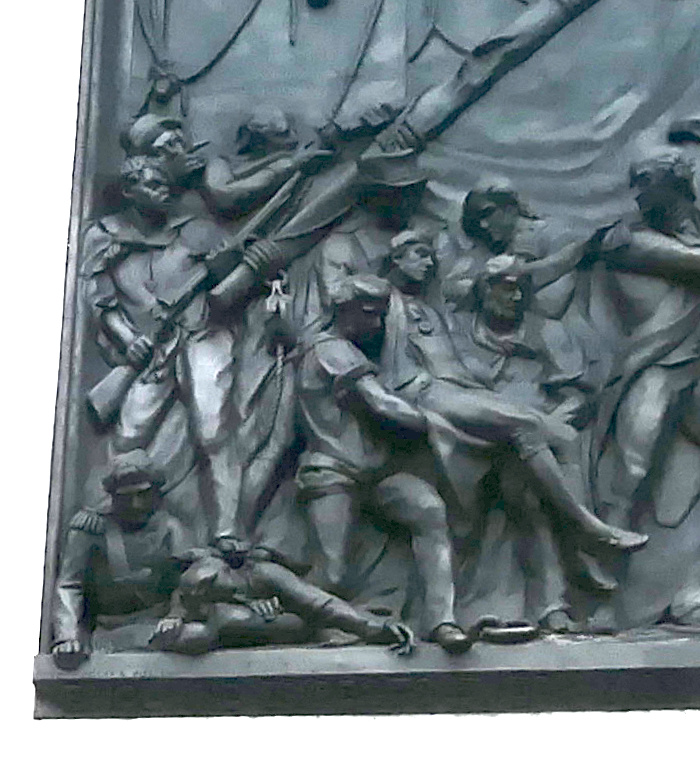
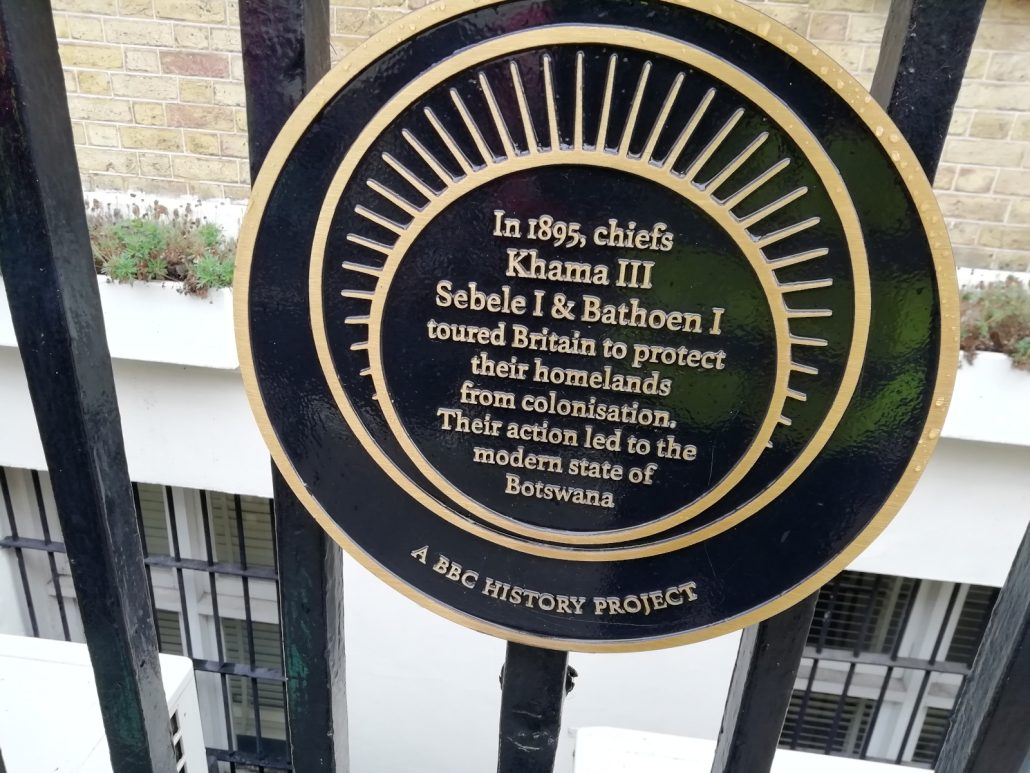
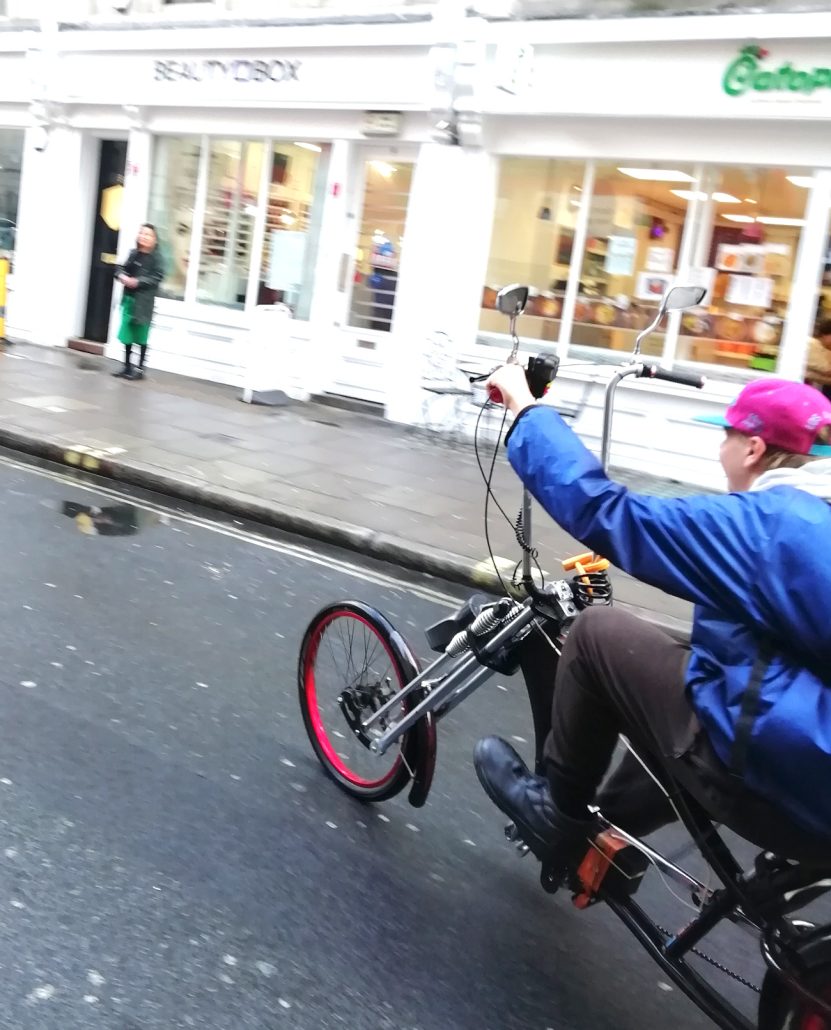
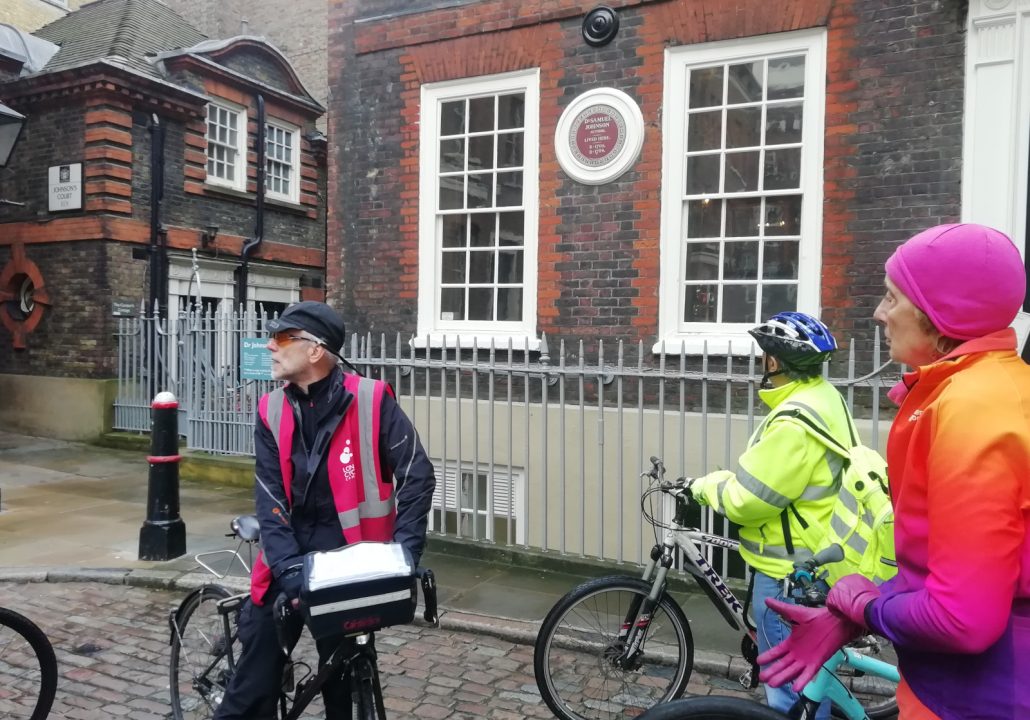
This was the second new ride on Oct 21st. Painstakingly researched by Werner and Sam. Timed to be part of Black History Month and with a pre-Windrush focus. Here is my (Bruce’s) account of the ride.
8 riders set out from London Bridge in light rain. Had been heavier earlier which put half the registered riders off. Which was a shame as the rain soon eased and most of the ride was dry. First stop Guy’s Hospital and a brief look at the Thomas Guy sculpture noting his slaving connections. Continued to St Thamas’ Hospital and the rather magnificent statue commerorating Mary Seacole. Born 1805 in Jamaica she is mainly remembered for her work aiding the wounded during the Crimean War. Across Westminster Bridge to King Charles St off Whitehall and a plaque informing us about Ignatius Sancho who had a grocery store near there in the 18th Century. He was a writer and “Symbol of the humanity of africans”. Up to Nelson’s column and the figure on the lower left of the south-facing bas-relief. A sailor holds a rifle and has a clearly african appearance. A reminder that soldiers recruited from thoughout the empire fought in British wars well before the 20th Century. Short ride to a blue plaque for Ottobah Cugoano in Pall Mall. He worked there as a servant in the late 1700s and was a prominent campaigner against slavery.
North into Mayfair and the plaque on the Botswana High Commission in Stratford Place. This commemorates the 1895 visit to Britain of three African Chiefs to lobby against their homelands being colonised by Ceclil Rhodes. They were successful and their territory eventually formed the independent country of Botswana. Across Oxford St to Tottenham St where we stopped at a distinclty unprepossessing location to study a plaque to Olaudah Equiano another 18th century abolitionist. Into Tottenham Cout Rd then Gt Russel St and the YMCA. This was used as a meeting place by black students between the wars, some of whom later became heads of their countries after independence. Round to the University Senate House and yet another plaque, this to Mary Prince. She was a slave in Bermuda whose owner moved to London. Eventually Mary left his house and was helped by abolitionists. Her narrated account of her life became a best-seller in 1831 and accelerated the antislavery campaigns that led to abolition in the West Indies in 1838. Another short step to the British Museum where Sam described African objects held there, some of extreme historical or religious significance, and how they were “acquired”.
Next stop was for a coffee in the new cafe at the Royal College of Surgeons (Hunterian Museum) in Lincoln’s Inn Fields. Final stretch took us through the City with a short stop at Dr Johnson’s House. No plaque for Francis Barber his trusted Jamaican servant and heir. In 1768 it has been estimated that the number of Black servants in London was 20,000, out of a total potpulation of 680,000. Estimates of he black population in London in the mid 18th century range from 1% to 3%. Final stop at the Royal Exchange to spot the kneeling black figure on the frieze, Not far from there to London Bridge, a lot wiser than we started. Many thanks to Werner and Sam for organising and leading this ride.
Back to Ride Report 2023 Index
Back to Healthy Rides Home page

 LONDON CYCLING FESTIVAL
LONDON CYCLING FESTIVAL